MercoPress. South Atlantic News Agency
Tag: East Antarctica
-
Monday, March 28th 2022 - 09:59 UTC
Researchers concerned over ice shelf disintegrating in East Antarctica
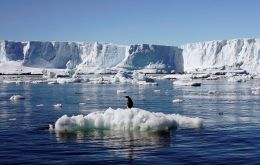
The Conger Shelf, a 460-square-kilometers mass of ice has disintegrated in East Antarctica, it was reported over the weekend. It was the first to break up in four decades of satellite observations. The event took place on March 15.
-
Wednesday, November 6th 2019 - 09:44 UTC
CCAMLR fails to designate marine protection areas in East Antarctica, Pew regrets
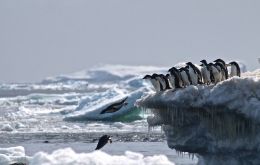
The Pew Charitable Trusts expressed disappointment that for an eighth consecutive year, the Commission for the Conservation of Antarctic Marine Living Resources (CCAMLR) ended its annual meeting without designating marine protections in the waters off East Antarctica. Member governments also failed to reach consensus on the designation of marine protected areas (MPAs) in the Weddell Sea and Antarctic Peninsula.
-
Wednesday, October 24th 2018 - 09:04 UTC
CCAMLR begins annual meeting hoping to agree on MPA in East Antarctica

The Commission for the Conservation of Antarctic Marine Living Resources, known as CCAMLR, began this week its annual meeting in Hobart, Tasmania. The 25-member organization - which was established with the objective of conserving Antarctic marine life - has been at a seven-year stalemate which has held up the designation of a marine protected area in East Antarctica.
-
Tuesday, September 25th 2018 - 08:24 UTC
Green mosses of East Antarctica are succumbing to climate change, says scientific paper
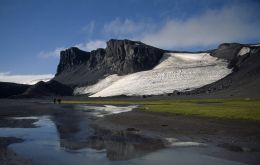
Emerging from the ice for a brief growing season every Antarctic summer, the lush green mosses of East Antarctica are finally succumbing to climate change. That is according to a study of the small, ancient and hardy plants - carried out over more than a decade.
-
Wednesday, October 25th 2017 - 08:57 UTC
Australia and France fresh push for East Antarctica MPA in CCAMLR meeting

Australia and France have kicked off a fresh push this week to create a vast marine sanctuary in pristine East Antarctica, hoping to build on the success of landmark deal secured last year at a key annual conservation summit.
-
Tuesday, January 19th 2016 - 07:04 UTC
Ice Patrol HMS Protector concludes historic five week patrol to East Antarctica and Ross Sea
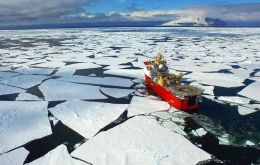
The Royal Navy’s Ice Patrol ship has just completed a historic five week patrol to the East Antarctic and Ross Sea. HMS Protector is the first Royal Navy, or UK Government, vessel to have visited the region in 80 years or to have travelled so far south having dipped below 77 degrees latitude.
-
Tuesday, January 27th 2015 - 07:21 UTC
Largest glacier in East Antarctica melting fast because of warm ocean water
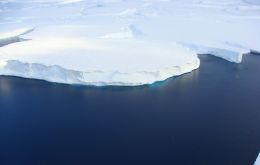
The largest glacier in East Antarctica, containing ice equivalent to a six-meter rise in global sea levels, is melting due to warm ocean water, Australian scientists said on Monday.
-
Monday, October 20th 2014 - 21:56 UTC
AOA calls on CCAMLR to agree on marine protection of the Ross Sea and East Antarctica
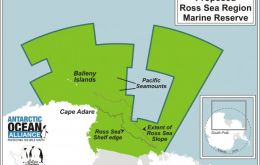
As representatives of the 25 Members of the Commission for the Conservation of Antarctic Marine Living Resources (CCAMLR) meet this week in Hobart, where they will decide the fate of two key protection proposals in the Ross Sea and East Antarctica, the Antarctic Ocean Alliance (AOA) (*) called on the member countries to honor their conservation commitments and finally agree to lasting and significant Southern Ocean protection.
-
Wednesday, December 18th 2013 - 07:05 UTC
Kimberlite rocks found in Antarctica could mean the territory is rich in diamonds
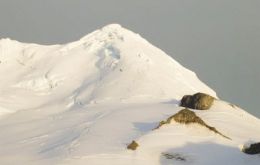
The prospect that Antarctica could be rich in diamonds was published in the scientific journal Nature Communications, following the discovery by a team of a telltale rock called kimberlite in the Prince Charles Mountains in East Antarctica.
-
Wednesday, December 5th 2012 - 19:50 UTC
Polar ice sheets melting have added 11mm to global sea levels since 1992
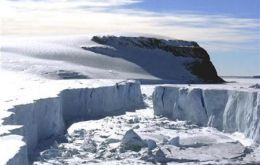
Nearly two dozen research teams collaborated to study polar ice sheets in Greenland and Antarctica and discovered definitively that they have added 11mm to global sea levels since 1992, melting ever more quickly.
